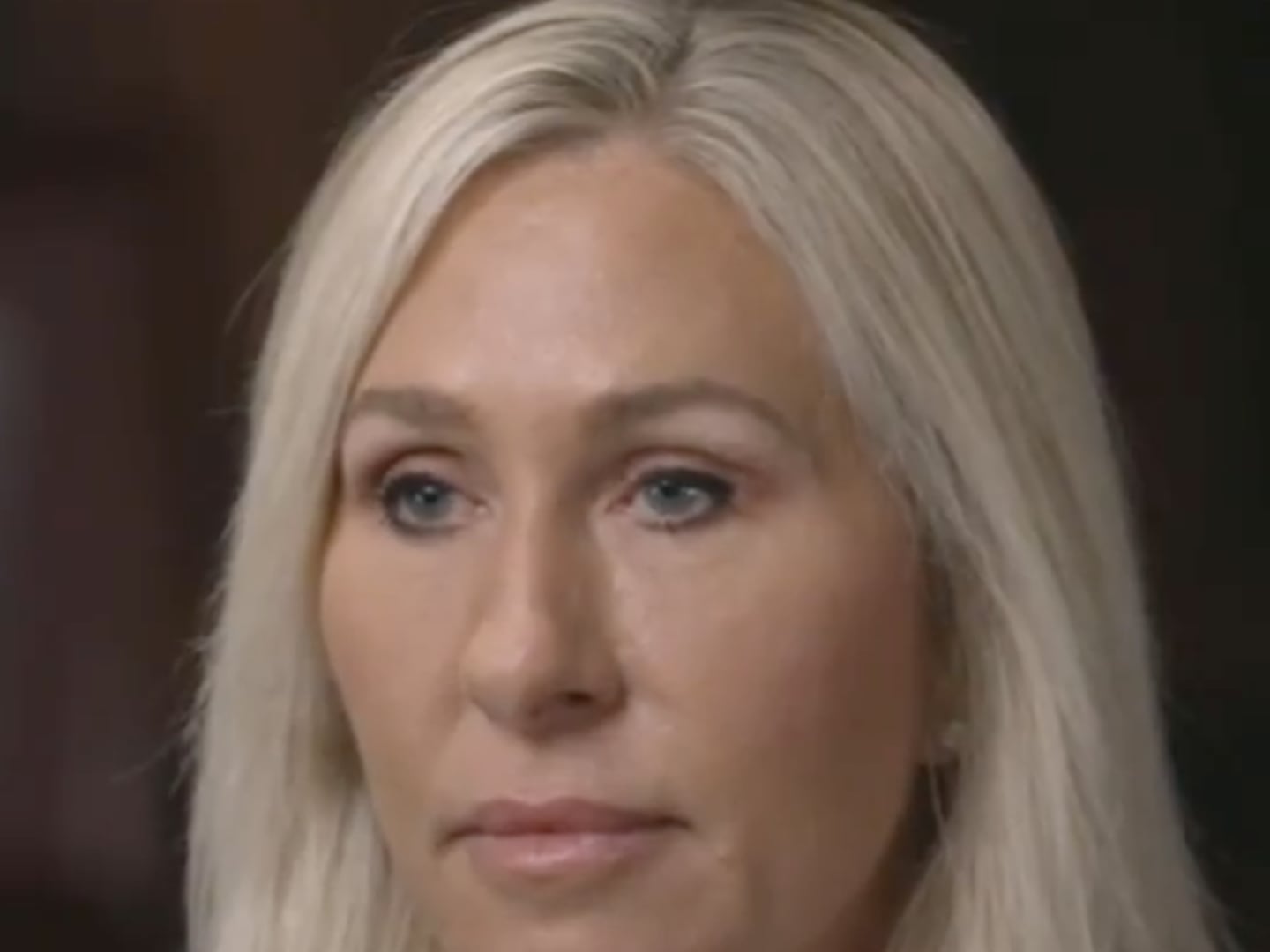A pivotal new exhibition, Here and Elsewhere, opens today at The New Museum, spotlighting the work of 45 Arab artists from over 15 countries. But in a true art-meets-life scenario, one artist is now living the subject of his piece. Against the backdrop of continued aggression between Israel and Hamas, Palestinian artist Khaled Jarrar was denied exit from the West Bank in order to attend the show’s opening, an experience he describes to The Daily Beast as heartbreaking.
For the exhibition, Jarrar submitted his award-winning film, Infiltrators, which documents the experience of Palestinians as they try to cross into Jerusalem from the West Bank. On Monday, the 38-year-old Jarrar began his departure from Ramallah (roughly 10 miles north of Jerusalem) to catch a flight from Jordan to New York City for the opening. Shortly into his travels, he says, he was stopped by Israeli authorities citing “security reasons” and was prevented from crossing the only entry and exit point for Palestinians occupying the West Bank—the Allenby Bridge.
“After a very long wait and without understanding what was happening, I was informed that there are ‘security reasons’ that will prevent me from traveling until the 1st of August,” he said in an e-mail to Myriam Vanneschi, a curator working with that artist on multiple New York exhibitions. “[Monday] was the longest day of my life and a day of humiliation. I felt racism on the part of the security at Allenby Bridge. When this one soldier was talking to his superior officer and I understood what he said (‘zezevel’), I shouted at him that I was no ‘zevel’ [Hebrew for ‘garbage’] and he was impolite to call me that. No one listened to me, like I did not even exist.”

The restriction came as a shock to Jarrar, who frequently travels to his many international exhibitions. “I was not expecting it,” he tells The Daily Beast. “Every minute, for me, was like a knife in my heart.”
Jarrar says he had taken the necessary steps to leave the country, receiving an approved visa from the American consulate in Jerusalem just weeks before he was to travel. After being denied by the Israeli officers, Jarrar says he spent six hours at the terminal contacting friends, lawyers, the American consulate, and The New Museum, but no one was able to get the restriction lifted.
Whether or not the travel ban was due to his art is unknown, but the themes he explores in his work reflect his experience—racism, humiliation, and restrictions trying to leave the West Bank—a situation those around him have been experiencing for many years.
“These people—there are many of them—they can’t get permission from Israel to enter Jerusalem,” the artist says. “Even to go to the hospital or to school or to see their families.” Jarrar says some of them can’t even get to their homes because they don’t have Israeli identification.
Jarrar’s first exhibition in 2007, At the Checkpoint, depicted the humiliation experienced at such checkpoints through a series of photographs. The images were displayed at a checkpoint in Qalandya, one of the largest in the West Bank, forcing soldiers, tourists, and civilians to confrontation the issues many face.
As part of the 7th Berlin Biennale in 2012, the artist created a “State of Palestine” seal, allowing visitors to have their passports stamped with the non-official entry marker. Last year, in an exhibition titled Whole in the Wall, Jarrar constructed a concrete wall with a hole shaped like Palestine. In order to continue to the rest of the exhibition, spectators were forced to crawl through the void, allowing a brief feeling of the day-to-day struggles in the Palestinian territories.

“For me, I don’t do art for show, but for the sense of responsibility,” Jarrar says. “I feel responsible to tell the stories of my people and theories I face myself, for those that have no voice. I use the art as a tool to tell my story worldwide.”
The works presented in Here and Elsewhere marks the first time a major museum in New York City has dedicated an entire exhibition to Arab artists.
“We are looking at a very diverse group of artists who share a fascination with the question of truth through images,” the exhibition curator Massimiliano Gioni said. “This question is also a question of what constitutes an identity, and how an identity like Arab is constructed through images.”
For Jarrar, his own identity and way of thinking began to shift after his time spent in the Palestinian Presidential Guard when he was 21. “When I was young, I was very committed and followed all of the orders without thinking,” he says. “Now, I have become more aware about the situations at hand and how the soldiers are brainwashed into machines following the orders.”






